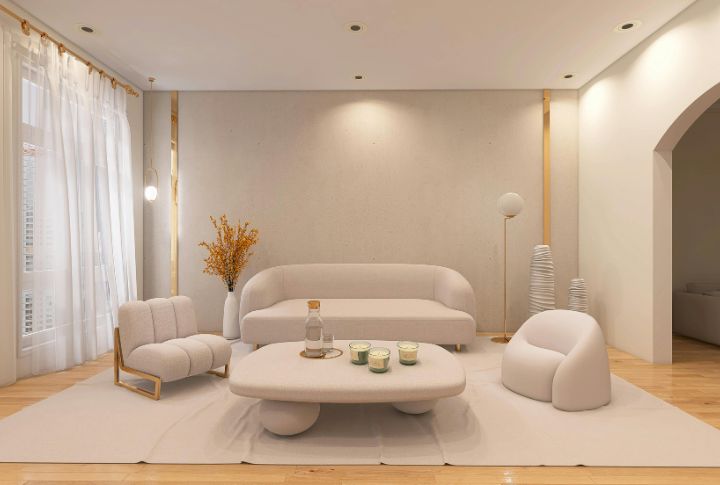
Trends have always been the heartbeat of design. They shape what we buy, how we decorate, and even how we feel about our homes. But here’s the truth no one likes to admit: most trends are fleeting. What feels fresh today might look painfully outdated tomorrow. Design, after all, is cyclical—and what comes in with excitement usually exits with a cringe.
So, let’s find out which modern obsessions might soon feel like relics of their time.
The Era Of Over-Styled Minimalism
Minimalism once stood for simplicity and calm. But lately, it’s become a performance—white walls so sterile they feel like hospital corridors, furniture so geometric it lacks warmth, and homes that look better in photos than in real life. It’s no longer about “less is more” but about “less feels lifeless.”
As comfort reclaims the spotlight, the cold minimalism trend may fade, replaced by homes layered with texture, personality, and imperfection.
All-Beige Everything
It started innocently enough, with soft neutrals promising serenity. However, the beige-on-beige aesthetic has turned countless spaces into deserts of personality. That’s because when every sofa, wall, and rug looks the same, the eye longs for relief.
Expect a swing toward bolder palettes and character-driven decor. People crave visual stories again—color, pattern, and soul. Hence, the future home will tell you who lives there, not just which influencer inspired it.
The Marble Mania And Gold Fever
When every countertop, coffee table, and bathroom wall gleams with the same veined stone, luxury loses meaning. Pair it with gold taps and mirrors, and you’ve got a set straight out of a 2020 influencer’s feed.
Designers predict a move toward earthier finishes, like matte textures, natural woods, and subtler metals. Opulence will shift from shiny to soulful, trading spectacle for substance.
Industrial Interiors Losing Steam
There was a time when exposed brick, black steel beams, and Edison bulbs were the height of cool. Now, the look has been copied so endlessly that it’s now more imitation than inspiration. What once symbolized urban rebellion feels like a restaurant chain aesthetic.
Yet, there’s still beauty in its bones. So, designers are softening its hard edges with warmth: plants that breathe life into concrete, textiles that counter steel, and lighting that feels less staged and more ambient. The future of industrial design is about balance, where toughness meets tenderness.
The Open Concept Overload
Open-plan living sounded like freedom—a space without barriers, where families could cook, work, and talk together. Then came reality: the smell of dinner lingering in the living room and the absence of privacy. The pandemic years amplified the chaos. Suddenly, we all longed for walls again.
Designers now talk about “broken plans,” spaces that connect visually but separate functionally. Homes are becoming sanctuaries again, with nooks for quiet, corners for creativity, and doors that can finally close. Connection matters, but so does peace, and balance is the new luxury.
The Final Takeaway
Trends will always come and go. What stays is the feeling your home gives you when you walk in. So, before you chase the next viral aesthetic, ask yourself one question: Will it make your home feel timeless or temporary? Because design is all about crafting what feels like you. And that, truly, never goes out of style.

